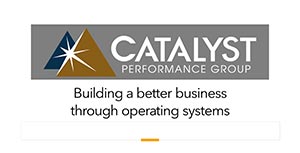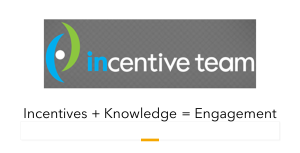Supporting Optimum Employee Engagement: How Organizations Can Enable Success
Jennifer A. Murnane, Ph.D.
Communication, learning & development, and culture play important roles in reinforcing skills and behaviors in an organization. They can also be powerful tools to help direct employee engagement efforts to influence not just how much effort, but the overall quality of that effort for maximum impact.
There are three dimensions of employee engagement that are particularly critical to organizational and employee success. These three dimensions can help to guide the learning programs in the organization to achieve strategic impact. In looking at a three-pronged perspective of employee engagement and what it takes to be successful in an organization, the following components are necessary for an employee to be effectively engaged in the organization:
Advocacy. Do employees utilize discretionary effort and share the employer’s vision and goals outside of the organization? Do they contribute to the organization even when they’re not at work by thinking about new means of efficiency and innovation? Do they advocate not only for the organization’s products and services, but for the organization itself as an employer of choice?
Aspiration Alignment. Do employees share their own aspirations outside the company? Do they understand the big picture and how they can contribute to it? Alignment is a dimension that differentiates an effective employee from an ineffective one. Otherwise, the discretionary effort they expend may not be utilized in a targeted, focused manner to have impact in the organization. Employees need to be able to see how their daily priorities fit in with overall organizational objectives. If employee/organizational aspirations are misaligned or the employee doesn’t know what the company values, the result is ineffective discretionary effort where the employee may be working hard but not focusing on the right things.
Enablement. Do employees have a supportive environment to offer productive dissent and give critical feedback to their managers and others in the organization? Are they able to take action, voice their concerns and share their ideas about processes and practices that could be improved? This may be challenging in some organizations that don’t have a culture to support productive dissent and may reward compliance with longstanding processes and policies.
In the Right Direction
So how can organizations ensure that they’re moving their employees to expend their discretionary effort in the right direction and achieve each of the three components of engagement? Here are three key drivers of success:
Communicate. Communicating organizational goals and vision, as well as the reasons for making changes and methods for making decisions, in critical. Communicate through written and verbal internal means and communicate through the actions of your management team. Employees can’t align their own aspirations with the organizations’ if they don’t know what they are.
Initiate Powerful Learning. Use learning and development programs as a conduit for organizational strategic communication, reinforcing the organization’s priorities and needs. Give employees a reason to become engaged and help them feel like they’re part of the bigger picture, becoming advocates who are able to align themselves with the organization. When offering learning and development programs, develop the programs so that participants are able to influence the curriculum through group discussions, projects and other hands-on activities. Make sure there is direct application and tie into overall organizational objectives through clear communication as to how the learning aligns with these objectives.
Create and Support Enablement Opportunities. Critical to the success of employee engagement is to reward those who are advocates and who demonstrate aligned and enabled behavior in order to reinforce how you want employees to behave. Let their coworkers see the recognition they receive for aligning themselves with the organization. Look for other opportunities to allow enablement within the organization. If the culture as a whole isn’t supportive of this, find mentors who are supportive and can help employees navigate through this process.
Initiating powerful learning and increasing communication in tandem with creating enablement opportunities allows organizations to make sure they’re moving employees to expend their discretionary effort in the right direction and achieve all three of the important components of engagement. This will allow both employee and employer to experience the most success.
Jennifer Murnane, Ph.D., is Associate Vice President of Strategic Initiatives at Bellevue University in Omaha, NE. To learn more about Bellevue University’s Human Capital Lab, go to: www.HumanCapitalLab.org

















